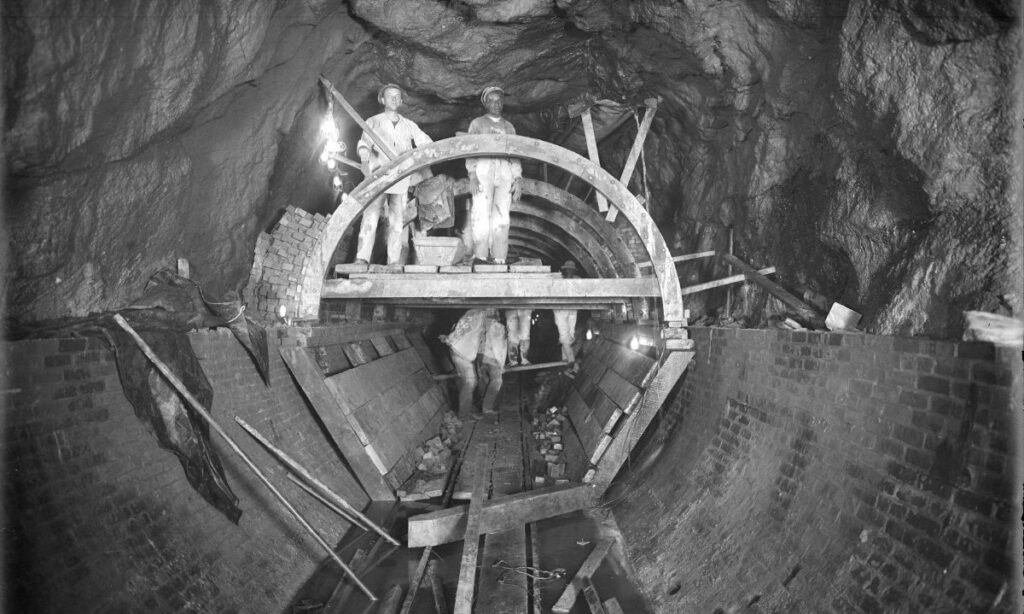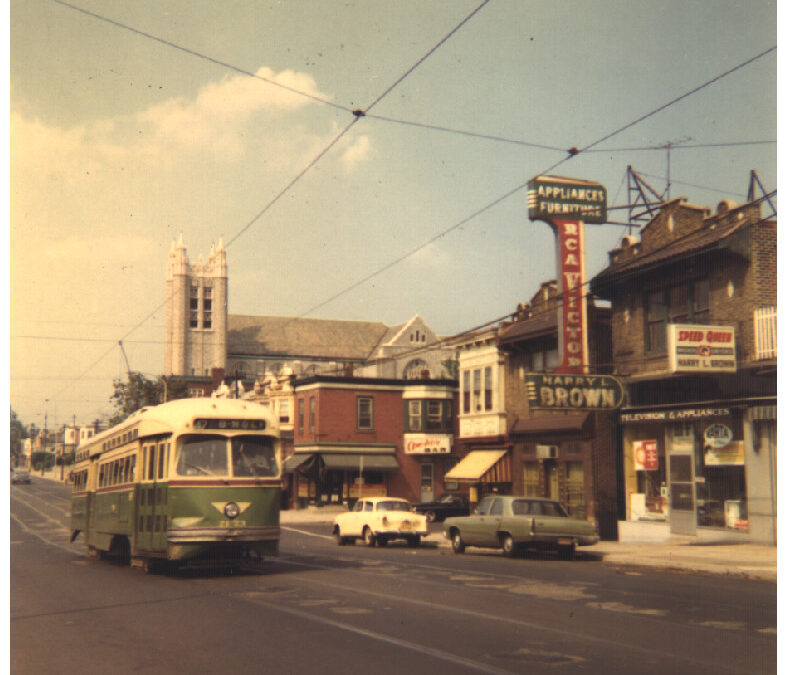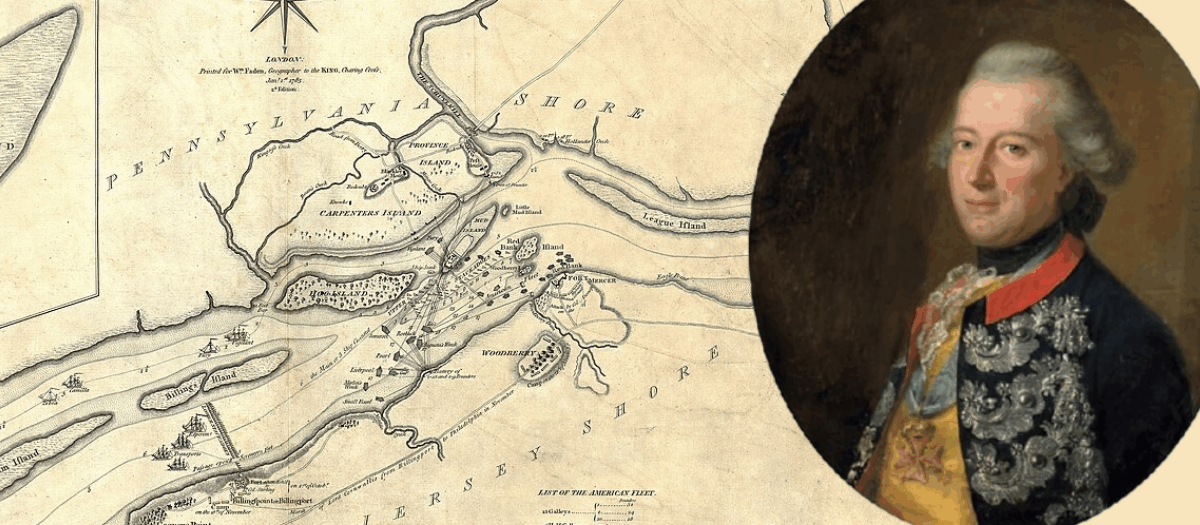Why Philly has clean water to drink
Suppose you have just availed yourself of a restroom at the Philadelphia Museum of Art.
Flush!
All is quickly gone, and not for an instant do you give thought to where your discrete deposit is headed. You’re hurrying off to see the Renoirs.
Yet you have initiated a long passage that is the more remarkable for being blessedly out of sight and out of mind: from the museum’s plumbing to a sewer heading south to where the current, now grown with contributions from Center City and South Philly, is siphoned under the Schuylkill River to the west bank; and then south again, taking feeds from West Philly and University City, and on to its destination: the Southwest Water Pollution Control Plant.
Except for a few boosts from pumping stations, gravity provides the pull. Travel time from the Art Museum: six hours, more or less.
What goes into a wastewater treatment plant is not only human waste but everything emerging from sinks, bathtubs, and washing machines, together with stormwater and the street trash it carries. Indeed, there’s no telling what might wash up. The story is told of a boa constrictor—four feet long and quite alive.
At the Southwest Plant, one of the city’s three treatment plants, the trash is screened out and all else sent toward a series of tanks for grit removal, sedimentation, aeration, and disinfection before the purged waters spill into the Delaware River. Bacteria fit for purpose gorge themselves on the muck. Organics of value are extracted. Biogas, for instance, helps to fuel the plant. Dried solids find use as fertilizing pellets the color of coffee beans.
It must be said that sewer construction in Philadelphia, which progressed mostly from the 1850s to the 1950s, changed the urban landscape forever, and not in a way that would be termed beautification. City tracts were upheaved, watersheds scoured, stream beds inlaid with sewer pipe and buried. The work also left some 60 percent of the city’s land mass served by combined sewers that take in sewage and stormwater both rather than by separate lines for each. A torrential rain can result in dirty overflows that must be detoured into the rivers to prevent flooding in basements and backups at treatment plants. Hence the promotion today of roof gardens and rain buckets to keep water away from storm drains along city streets.
It must also be said, however, that a fair fraction of the world’s population would see what Philadelphians take for granted as an astonishing gift. It is estimated that well more than a billion people still rely on drinking water fouled by feces, and half a billion defecate in the open.
Schuylkill punch
By the mid-1800s, the flush toilet was gaining popularity in Philadelphia homes, and its contents needed an exit to something other than privy pits. Strickland Kreass, a city engineer, urged in 1857 that there “should be a culvert on every street, and every house should be obliged to deliver into it, by underground channels, all ordure or refuse that is susceptible to being diluted.” Only 30 miles of sewer lines as of the Civil War grew to more than 1,000 miles by the start of the 20th century.
Yet as neighborhoods were being rid of their waste, an ever larger flow of raw sewage was wending its way into the city’s rivers—that is, the drinking water of an urban population soon to exceed a million souls. All Philadelphians, whatever their station, university provost or milkman, archbishop or drayman, risked getting a sip of someone else’s waste unless they had time to boil public water or means to buy bottled water, itself not always pure.
Nor was human excrement the only pollutant. As industry lined the banks of the Schuylkill, a state law had sought as early as 1828, albeit with little effect, to halt the dumping of “any offal or any putrid, noxious, or offensive matter from any dye-house, still house, brew house, or tan yard …” A letter writer to The Philadelphia Inquirer in 1896 contended that his black script made use of “Schuylkill ink.”

There prevailed the thinking that illness traced to the city’s rivers was due to miasmic vapors—further, that the rivers, by diluting sewage and exposing it to air, would cleanse themselves. Those notions didn’t survive what followed. Between 1860 and 1909, deaths in Philadelphia due to typhoid fever numbered some 27,000. Cholera, too, passed over the city in waves. A medical journal reported that a doctor had offered a $50 prize to anyone who drank a quart of river water every night for ten nights and survived to take the money.
Change needed the continuing progress of the industrial revolution and the understanding that not miasmas but bacteria transmitted by the fecal-oral route were killing people. Before wastewater treatment came water purification. By 1914, the three water purification facilities that still serve the city today provided sand filtration and chlorination of water drawn from the rivers. (It was that chemical treatment, heavier then than now, which enlivened the Philly lexicon with “Schuylkill punch” and “Schuylkill cocktail.”) The incidence of typhoid fever deaths soon dived toward single digits.
The scale of the work was colossal. One example is the Torresdale Conduit, a tunnel built to convey drinking water to a pumping station in Northeast Philly and on to water mains. Men descended in shafts to a depth of nearly 100 feet to bore the rock in a rough diameter of fourteen feet for 2.6 miles. According to what the chief engineer reported as a partial tally, the tunnel consumed 34,937 barrels of cement, 9,703,700 bricks, 12,688 cubic yards of sand, 11,184 linear feet of terra cotta pipe, 138,814 feet of timber, 128,578 pounds of cast iron, and 353,205 pounds of steel.
And there was another cost: lives lost to frightful accidents. One man died in a fire set off by an explosion of dynamite. Another was killed by rock falling from the tunnel roof. Three perished when they together plummeted the entire length of a shaft after the bucket conveying them tipped over. By the time that construction, initiated in 1901, was completed in 1904, the death count had reached fourteen.
Such were the labors and sacrifice that brought clean water to Philadelphia.
Evil odors
The next daunting project was about to get under way. It was in 1914 that one George Webster and his public-works colleagues completed their “Report on the Collection, Disposal and Treatment of the Sewage of the City of Philadelphia.” They were responding to a clean-up mandate from the Pennsylvania legislature, to say nothing of crying need. Treatment plants would cut the risk that waste might overtax the separate purification facilities already in operation.
The engineers also looked toward the day when a freshened Philadelphia waterfront would attract more recreation and commerce — would emulate “the magnificent development of the Thames Embankment at London.” London had gotten serious about cleaning its largest river after the “Great Stink” of 1858, when curtains on the Thames side of Parliament were bleached to stanch the odor. But Philadelphia was still living with a stench that could so deepen as to prompt self-imposed lockdowns. The (now long-defunct) Philadelphia North American reported one June day in 1907: “Evil Odors Keep All W. Phila. Indoors.” Aquatic life in the rivers was dying or gone elsewhere.
The 1914 report urged speed, yet the job took decades. Capital and labor were limited by the two world wars and the Great Depression. Although the treatment plants operating today were in service by the 1950s, construction of voluminous “interceptors” connecting smaller to larger sewers continued into the 1960s. (A SEPTA bus could fit into the largest channels; the smallest would hardly accommodate the bicep of an Eagles lineman.) More advanced treatment processes, required by federal clean water law, waited until the 1980s.
Nevertheless, with time came results. No longer did riverfront buildings rust and dock workers sicken amid a corrosive stink. No longer could pilots joke that they smelled Philadelphia before they saw it. Shad again ran upstream to their spawning grounds.
Underground transit
Today the sewers and water mains that run under Philadelphia streets would, if lined up end to end, stretch for something like 6,000 miles — from Philly to Los Angeles and back. The volume coursing through these ramifying networks exceeds half a billion gallons a day. Sustaining this underground transit within sewers as well as water mains is a city Water Department that employs some 2,500 people, among them chemists and biologists, engineers and plumbers.
Also essential are the sewer inspectors known as crawlers, 28 of them. Crawlers? Despite advances in video technology, sometimes there is nothing for it but to rely on inspectors who will go down a manhole and make their way along a sewer to find cracks for repair or obstructions for removal. Thus have an inestimable number of homes been spared clogged lines and a stinking mess.
Long ago, while reporting the consequences of a deep recession, I went out to an inspection site to talk with men seeking this employment. A supervisor was spinning a fabulous tale about rats turned pink by sewer gases. Job applicants were working their way through an above-ground tunnel that served as an early test for claustrophobia.
A man who had just emerged from the tunnel explained that he had lost a once-steady production job at the Philadelphia Bulletin when that paper went bust. An immigrant from Puerto Rico, aged 51, he said without irony or bitterness: “America is the land of opportunity.” He had arrived for the tryout in a business suit.
Crawler — regard it a term of distinction, whoever you are.
* * *
For several interviews the author is indebted to Drew Brown, an engineer and educator in the Philadelphia Water Department for 46 years, and Adam Levine, a writer who as a history consultant to the department has pored over archives dating back a century and more to compile the story of how Philadelphia cleaned its rivers and drinking water.
Richard Koenig is the author of the Kindle Single No Place to Go, an account of efforts to provide toilets during a cholera epidemic in Ghana.





Great article! Thanks!
(For the author, Richard Koenig): Elevated levels of iodine were found at water-treatment centers that serve Northwest, West, and Center City Philadelphia neighborhoods several times starting back in 2007. “We ruled out the potential sources of the nuclear power plants and other licensees such as the nuclear laundry, and the major medical facilities,” said Dave Allard, then of the Pennsylvania Department of Environmental Protection [this was 18 yrs ago.] They decided thyroid patients were the most likely source, from iodine that was not absorbed by their bodies after they took it for treatment and it entered the water supply… via their urine. So it makes one wonder what accumulation of various other drugs are in our water, too.